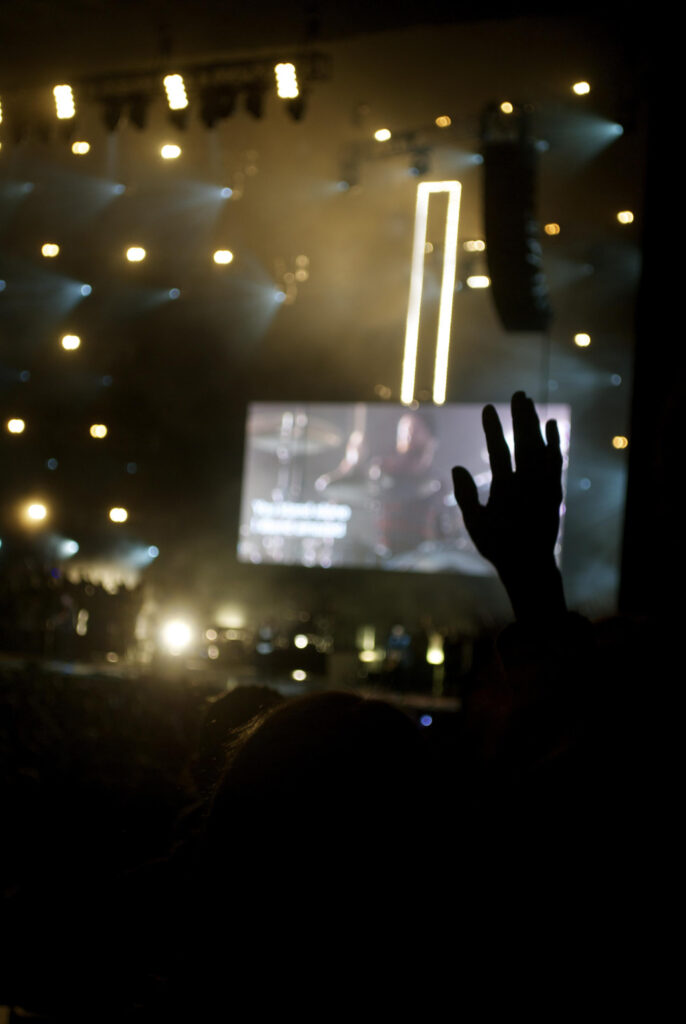
Chadwick Rantanen is an artist who lives in Los Angeles, California. He predominantly works with post-consumer objects, modified and augmented in ways that emphasize their significance, use, obstinance, and function. In this conversation, Ravi Jackson and Chadwick sat down to drink coffee on February 16, 2024 at Go Get ‘Em Tiger in Highland Park and talked about their experiences with country music, its relation to art, and the possibility of progress in the genre. The weather was pleasant and the traffic was loud. Edited by Jonathan Pfeffer.
CR: I think my interest in country music came from soul first. Soul music was emotional and powerful and had other elements that were attractive. But then the industry of soul music – the situation of performers being pushed through a songwriting process and a producer or record-making production structure that takes advantage of the artist and oftentimes totally destroys them financially, and leaves them bankrupt.
To me, listening to a lot of soul music gave it this added layer of sadness that I didn’t anticipate. To learn how the expressiveness of music is one thing and then the situation of the production is a completely different one. How much exposure they’ve had to the material they’re singing, how much authorship they had over it, and how that authorship gets confused. It’s not so clear as just one entity taking from another; it just gets wrought within itself and twists together in a way that’s really hard to pull apart cleanly and understand what’s yours and what someone else’s.
That messiness was kind of horrifying, then I realized that country is even worse in this regard in terms of the messiness of creation and production. It’s even a more intense, rigorous industry in that regard – the mechanics of it. I feel like this all relates to how technology acts on music and what it allows. With country music, there’s an added sadness because it’s not a very youthful genre in the way rock and punk are. It pulls its punches but works on you if you’re in a position to understand responsibility. If you’re too young you don’t know the pain associated with being responsible for other people, but the second you get old enough to do it, that music twists on you.
RJ: It’s not something young musicians can leverage.
CR: It’s a strange, slow burn. I feel like there’s there’s another thing between the isolated record and having this individual listening experience. The act of singing along or having catchy lyrics in country and pop music makes you enact these ideas because it gets you to say them. There’s something really powerful to being coerced into saying something that’s positive, negative, sad, simplistic…It’s a powerful tactic to inject ideas into somebody’s body before they think about them.

RJ: I feel like there’s a critical distance that people want to have with art that people don’t want to have with music. Maybe particularly country music where, as you said, you’re meant to be with it and inhabit the feeling. Maybe this is why I feel like music is a necessary part of my life even though I’m not really into it the same way I used to be. To give some context for your work, do you feel like technology and material affect come together similarly in your work?
CR: I think my connection with country music was having grown up as a Jehovah’s Witness. Mechanically, that religion is like a weak version of Christianity that purports to be in opposition to more popular forms of Christianity but actually cannot live without them – it’s like this entity that’s almost parasitic. Also, a number of other aspects make it adopt aesthetics and imagery in this later stage – they use passé, well-worn, comfortable tropes. That’s what the country does as well.
Country mirrors pop in terms of its compact messaging and the way the songs are structured. Country songs are short, have clarity, want to operate in a similar vein to pop music, but they have this late-to-the-game, slightly antiquated, worn-in aspect. The music is supposed to feel comfortable and familiar. That familiarity is a conservative form.
RJ: Maybe it’s inherently defensive or reactionary in that way. I feel like there’s something rebellious about rap music, but there’s no pretense about it being necessarily outside of music – or pop music. I feel like there’s still something about the idea of country music where it kind of always has to be that a little bit.
CR: Yeah, I think that’s wrapped up with a rural ideology, even if they push away from it. It’s always had that relationship – since country was first performed, it was fancy people who live in cities dressing up like hillbillies. Since the beginning, the [country music] story is always about this return to some other place. That’s inherent in it. “Reactionary” is maybe a strong way to put it but I think it’s true. It’s also melancholic. I think there’s a place for ‘looking back’ in that way.
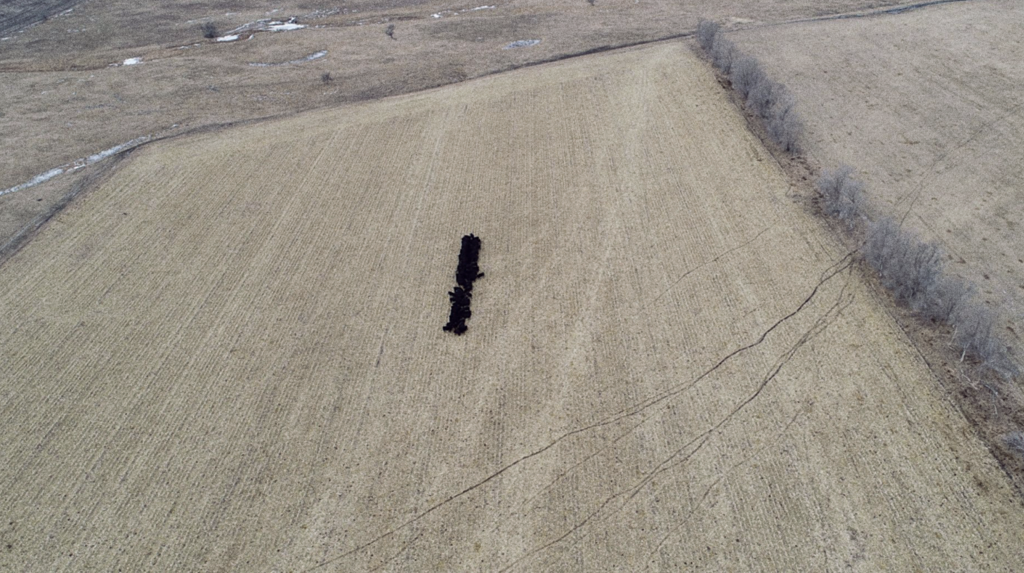
RJ: It’s also universal. We all feel like outsiders or whatever sometimes – we all feel marginalized. It’s a very funny, weird little oxymoron. But it’s what makes country accessible to a ton of people.
CR: I follow a lot of Youtube channels dedicated to uploading really nice versions of pretty raw, old country records. People comment, “All the new stuff is bullshit. The old stuff is the only music that matters, everything on the radio is crap…” I feel like country’s adoption of popular forms like hip-hop or R&B has less to do with just money-making and is about creating this sense of comfort the genre requires. After that music has its space in the culture as a whole, you have to pull some of it in because that creates comfort.
RJ: It’s no longer radical.
CR: Yeah, not even close.
RJ: That reminds me of the videos you showed me of the rodeo.
CR: The rodeo was great because in that context what you’re seeing is a DJ. Jumping from one song to the next provides that same fusion for the viewer; you don’t have to fuse them into one sound like contemporary country on the radio but you get the same effect. It’s amazing that to generate excitement in an arena, even at a very country-friendly event, the DJ uses rap and rock. There was very little country during the rodeo itself.
RJ: I feel like this is the opposite thing – if you’re trying to make music that already feels comfortable…some music has felt so radical to me in [a previous] moment that I cannot understand listening to it [now]. It’s always felt in my memory like the mark of potentially great a paradigm shift or something. It’s funny to think that is not at all what a lot of country music is going for in any way. Even the stuff that’s popular now that kind of appeals to old country [sensibilities] is about nostalgia.
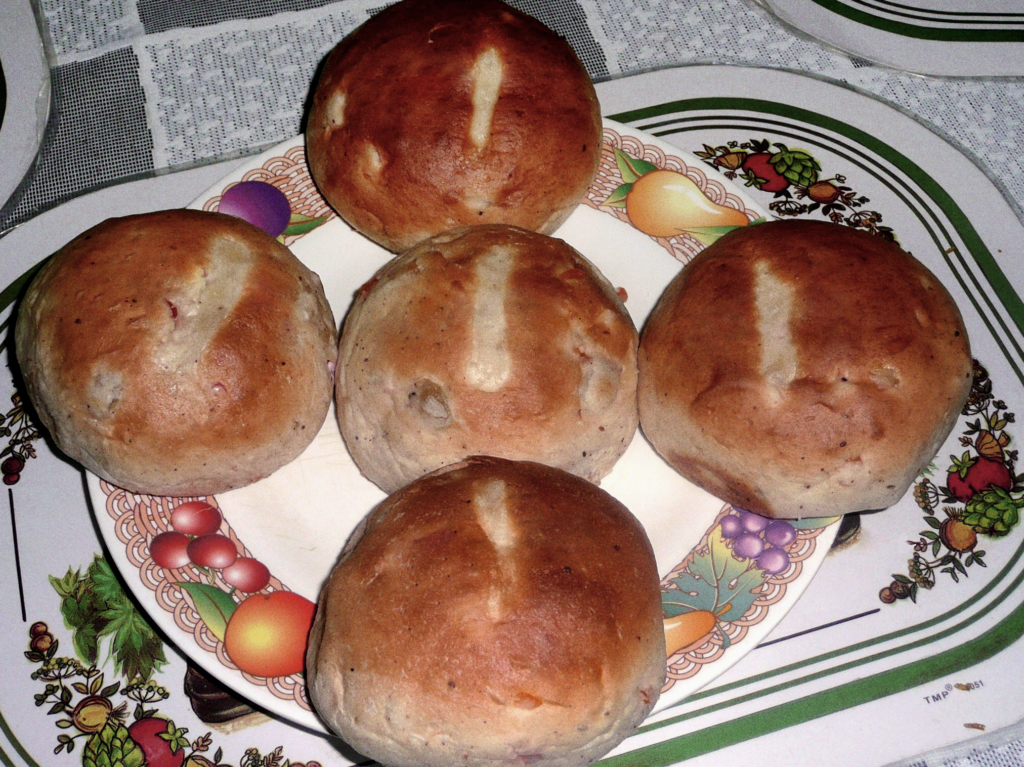
CR: We’ve had so much pop music and country music, that now country music has become so verbose and burdened with ideas. To make something novel it has to make some very weird decisions and become very algorithmic in terms of solving the idea of a novel original experience. I think country music goes to great lengths to find space to say something new within a genre that has to be so short and so brief and so poetic.
RJ: You feel like it’s running out of space?
CR: Yeah, I think there’s actually not enough space to say something else.
RJ: But it’s really consolidated around a few points.
CR: There are some amazing, weird things that happen there. But a lot of the contemporary country stuff, I don’t enjoy. I just think it’s an amazing, weird form and I find a lot of it…terrifying. Have you heard this song, “Drunk Girl”?
RJ: No.
CR: The narrative is about a guy who is with a girl at a party. She gets blackout drunk and it’s about what he should do in that scenario, which is to take her home, drop her off at her house and leave. So, while attempting to champion the honorable path, the song holds this shadow inversion of the violent act that could have occurred is sitting right behind this supposedly positive song about making the right decision.
RJ: It’s also an appeal to the listener. And their nostalgia is the other thing you should do.
CR: So, you have sterilized outlaw country, in which this whole narrative would normally just exist in half a line. It would be nothing more than a grace note and then you have the rest of the two and a half minutes to think about something else. Equally terrifying. Have you heard the Eric Church song, “Kill A Word”?
RJ: Yeah.
CR: It’s insane.
RJ: I feel like part of it is me just getting older, I have my favorites or whatever, but it feels almost like auto-generated, A.I. music – this thing that goes deeper and deeper into the same theme. Like you said, some of these songs could be one lyric.
CR: I think that’s just the way this genre functions at this point. Why I like listening to some of these Youtube channels is: when you go through all these old songs, you realize they’re just as bad but it’s the same subject matter. It’s about a guy and a bottle being sad. There are probably 500 songs about a guy and a bottle, and we only know a few of them because they’re the only good ones [laughs]. But I think country has been this auto-generated form for a long time. There’s so much industry activity rolling over these ideas trying to find something that will work.
RJ: Is there something from country music that other genres of art – writing, poetry, visual arts, whatever – could take?
CR: It’s similar to my personal realization about how Jehovah’s Witnesses seemed to function where I thought, “Oh, forms like this need to exist. Something that is semi-parasitic, pretends to be innovative but is not.” I feel like there has to be this [space of] cultural production that is sort of unsuccessful but useful; it creates background or space that other ideas can sort of ferment in or maybe around.
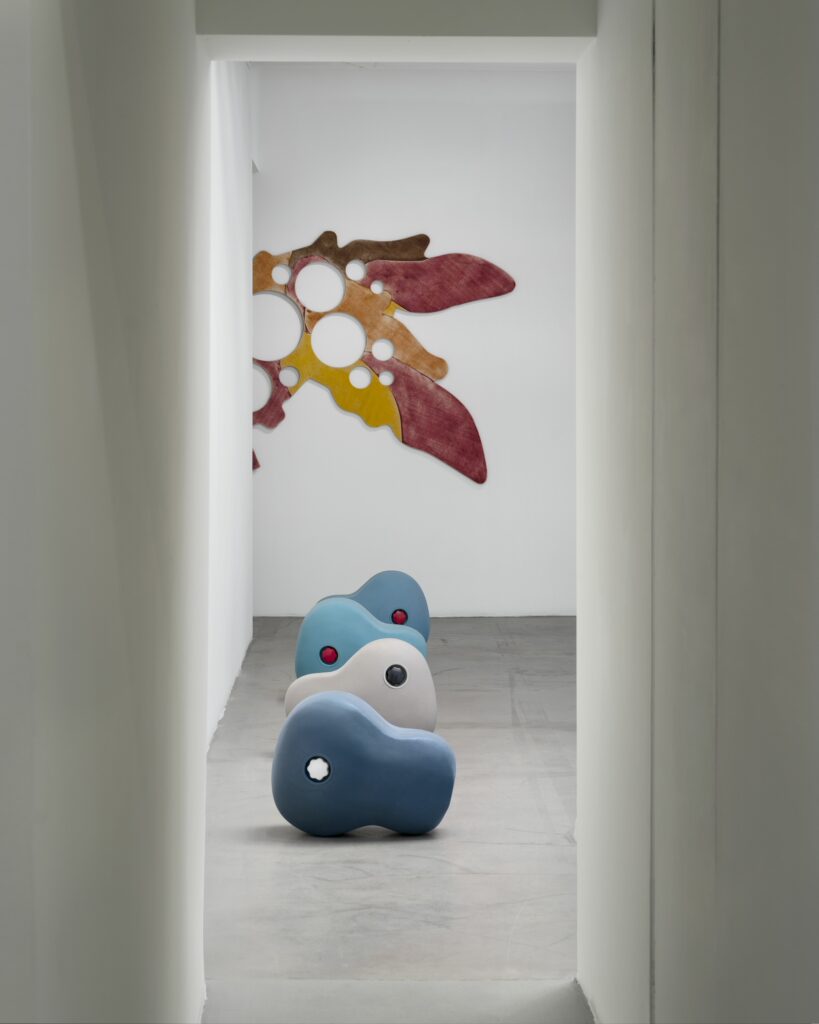
Some of the other work I did that relates to healthcare architecture and interior design is similar. I think those disciplines are trying to do a very similar kind of thing where the experience being cultivated is one of comfort: you’re not supposed to get happy, sad, excited, bored – it keeps you floating in this middle zone. I think that is a position that country music occupies. It doesn’t really want to be that innovative in the end.
RJ: There’s a lot of art that already does that.
CR: You mean that cynically?
RJ: Sometimes yes, sometimes no. I think a lot of painting just does that without thinking about it.
CR: That’s probably true.
RJ: It’s not malicious.
CR: Maybe painting and country music are the corollaries.
RJ: The grand history of painting ended in 1985 or something; it’s been over for a long time but that’s a boring conversation to me. People thought that was a problem but now it’s not. Nobody cares. I think maybe the comfort you get from being able to feel like, within a very tiny scope, “That’s a good little move right there…that reminds me of blah blah blah,” you know? It sits right in the zone. That’s maybe kind of necessary. People want that or like it. There’s no teleology to it – it’s not going anywhere.
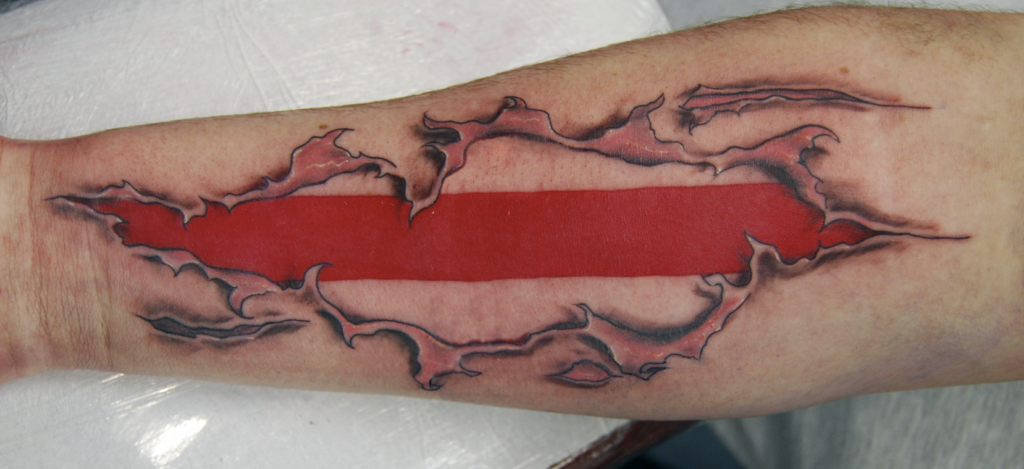
CR: I really do believe that those kinds of forms need to exist. They have to occupy aesthetic conceptual space while you wait for something more exciting to happen. Then something that is really novel and innovative feels like a lightning rod or an event unto itself that is isolated. Like this sort of fluke…but it’s been fermenting in this landscape of ideas.
When you hear something like that Eric Church song, I’m in no way enthralled by this music and I just immediately think about who could have written this thing, how did they convince this black female soul singer to back him up at the very end after he’s just talked about putting a noose around the neck of a word. “How was this a good idea?”
I’m not having this experience we talked about earlier of getting lost in the music and being able to live in it. I’m thinking about industry, where this thing came from, who it’s speaking to and what it’s trying to do. Part of me really likes that because it’s closer to an art experience.
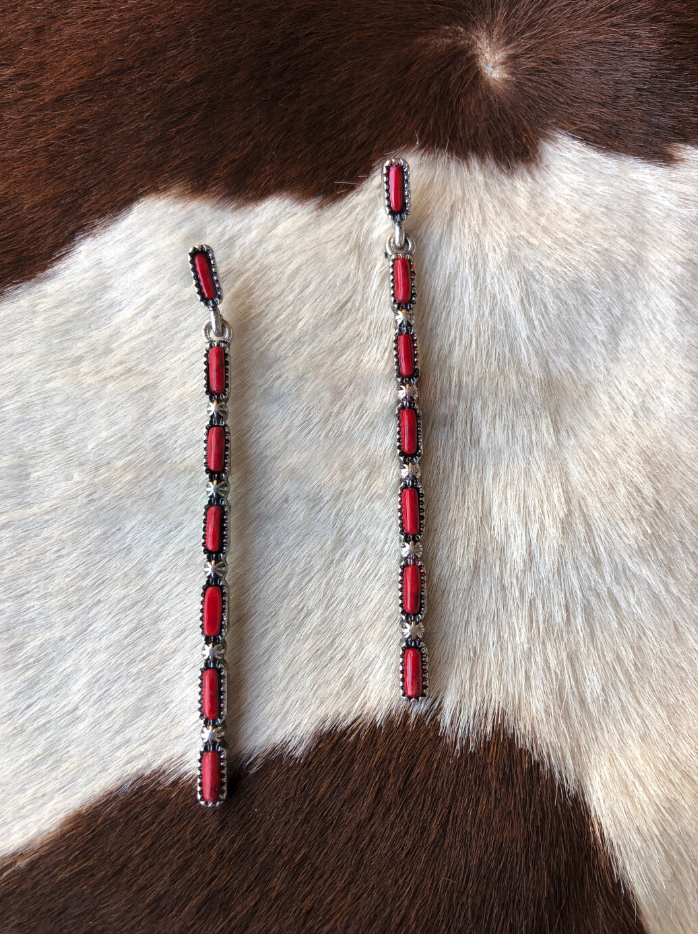
RJ: That’s true actually. It is rare for me to get lost in art. It’s always nice but it’s not what I expect necessarily. I think we’re taught to and we do think about the material and historical conditions that produce an artwork. I’ve never thought about how it doesn’t necessarily happen with a lot of music. It does happen in country music in part because of the nostalgia we’re talking about.
CR: I really love Tammy Wynette a lot. I think that music hit me because when I first heard her, her voice is so powerfully emotional – it’s cracking and it has this really particular quality that’s arresting. To learn more about her and how these songs are created, sometimes there’s another person writing five minutes before it’s recorded. “Where does that emotion come from?” It’s almost just a mechanic in her voice.
RJ: She’s unusual in that I feel like she can do that anytime. There are not a lot of songs where we hear the emotion escape the melody of the song. It feels like it’s emanating from Tammy Wynette and she almost can’t help it. You wonder how it happens while the song’s being written in the studio and finished in one take.
CR: I think this was on the Tyler Mahan Coe podcast talking about Tammy and George Jones as a duo. He spends a lot of time speaking about it. If you listen to live recordings, Tammy almost never does her lines differently.
RJ: Yeah…
CR: But George improvises like crazy. In a lot of the duet records they made, they had to do separate recordings of them because when they would sing together George would kind of throw some shit in there and she couldn’t roll with it.
RJ: That’s so interesting to me…
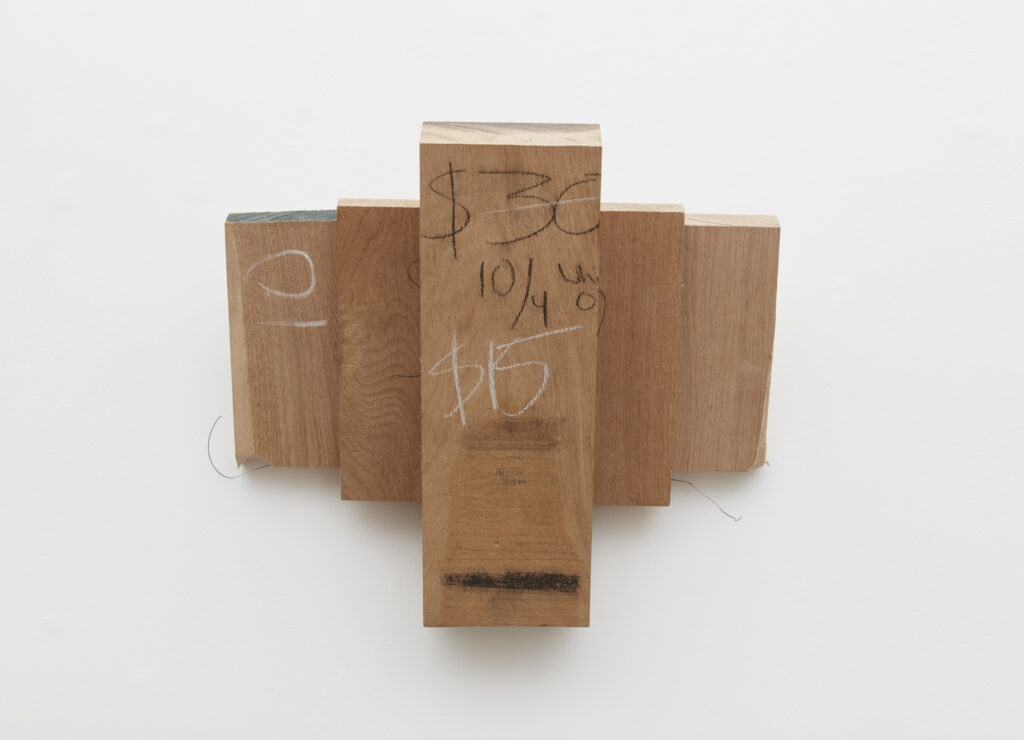
Ravi Jackson is a Los Angeles-based artist whose work uses imagery and text from popular culture as a way to negotiate ideas about race, art, and sexuality. Recent exhibitions include David Lewis Gallery, New York; Matthew Marks, Los Angeles; and PAGE(NYC), Petzel, New York. He received his MFA from the University of California, Los Angeles, BFA from Hunter College, and BA from Oberlin College.
Leave a Reply